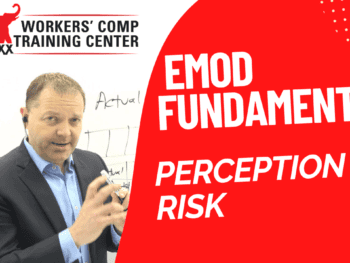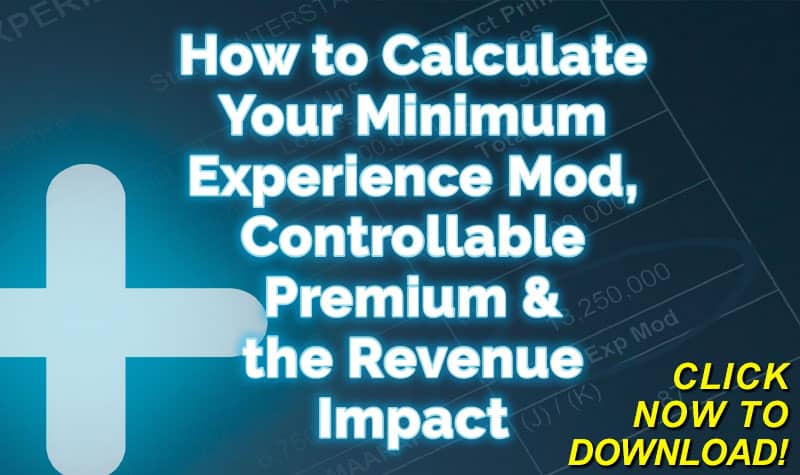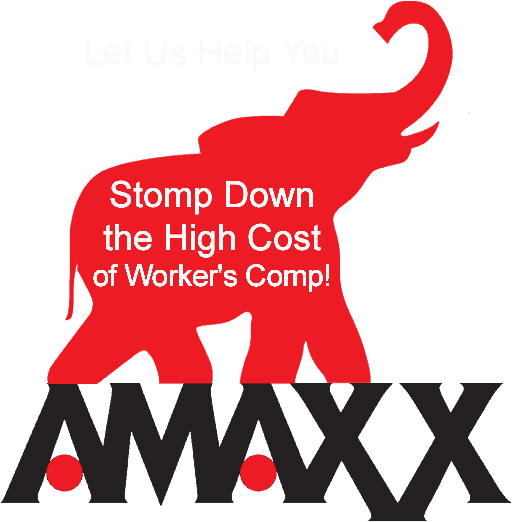What is the Alternative Market?
The Alternative Market or Alternative Risk Transfers (ARTs) are insurance programs that typically keep some part of the risk instead of transferring all of the risk as in a “traditional” insurance policy. The Alternative Market has various types of programs like:
- Self-insurance
- Captives
- Risk Retention and Risk Purchasing Groups (RRGs)
- Rent-A-Captives
- Sponsored Captives
- Insurance pools
- Association Groups
The purpose of all ART programs is to recoup or retain the underwriting profit. Companies that invest in loss control and maintain tight controls on their claims often have lower losses. In the traditional market, the insurance carrier collects a premium and uses it to pay the losses of the good and the bad companies.
Self-insurance
Some employers self-insure through insurance pools. They set aside funds in anticipation of workers’ compensation claims instead of buying insurance. This is a cost-saving method for safety-oriented firms. In states where this is allowed, many large employers self-insure. Many small businesses form groups to insure themselves and decrease risks.
Captives
This is an insurance company that is controlled by its owners. A captive usually insures businesses that are related to it through common ownership. The company pays premiums based on its own performance, not the industry’s performance. A captive’s insured’s are its shareholders that control underwriting policies, price risks, set investment policies and direct the company.
Risk Retention and Risk Purchasing Groups (RRGs)
These are captives that write only liability coverage. An RRG with a federal charter can write liability coverage in any state where it is registered without having to become a licensed carrier in each state or use a fronting company. This can reduce the costs of crossing state boundaries. Some states allow reciprocal risk retention groups, which are an unincorporated association of individuals or entities that exchange insurance contracts through an attorney-in-fact, which acts as an agent or manager. In a reciprocal, profits and losses are allocated back to each member. The income and related income tax reverts back to the members. This can be a tax advantage to groups where the members are non-profit companies.
Rent-A-Captives
These are popular with medium-sized companies. Here the policyholder is insured by a captive without owning it. A captive rents its capital, surplus, and license to the policyholder and usually provides administrative services.
Sponsored Captives
These are a type of rent-a-captive that is not created by its insureds, who have no control or ownership in the captive. Sponsored captives allow businesses to insure their own risks without establishing their own captive.
Insurance pools
These are joint underwriting operations where the participants assume a predetermined and fixed interest in all business written.
Association Groups
An association captive is owned by members of a common industry or trade. Participation is limited to members of the association.
Summary
Companies that participate in ART programs, especially captives that own their own insurance company, realize more control by paying only the claims they incurred and not the losses of bad companies. Profits on invested surplus (the underwriting profit) go to the group’s members or captive owner rather than an insurance company.
Author Rebecca Shafer, JD, President of Amaxx Risk Solutions, Inc. is a national expert in the field of workers compensation. She is a writer, speaker, and publisher. Her expertise is working with employers to reduce workers compensation costs, and her clients include airlines, healthcare, printing/publishing, pharmaceuticals, retail, hospitality, and manufacturing. She is the author of the #1 selling book on cost containment, Workers Compensation Management Program: Reduce Costs 20% to 50%. Contact: RShafer@ReduceYourWorkersComp.com.
Editor Michael B. Stack, CPA, Director of Operations, Amaxx Risk Solutions, Inc. is an expert in employer communication systems and part of the Amaxx team helping companies reduce their workers compensation costs by 20% to 50%. He is a writer, speaker, and website publisher. www.reduceyourworkerscomp.com. Contact: mstack@reduceyourworkerscomp.com.
WORKERS COMP MANAGEMENT MANUAL: www.WCManual.com
Do not use this information without independent verification. All state laws vary. You should consult with your insurance broker or agent about workers comp issues.
©2012 Amaxx Risk Solutions, Inc. All rights reserved under International Copyright Law. If you would like permission to reprint this material, contact us at: Info@ReduceYourWorkersComp.com.













